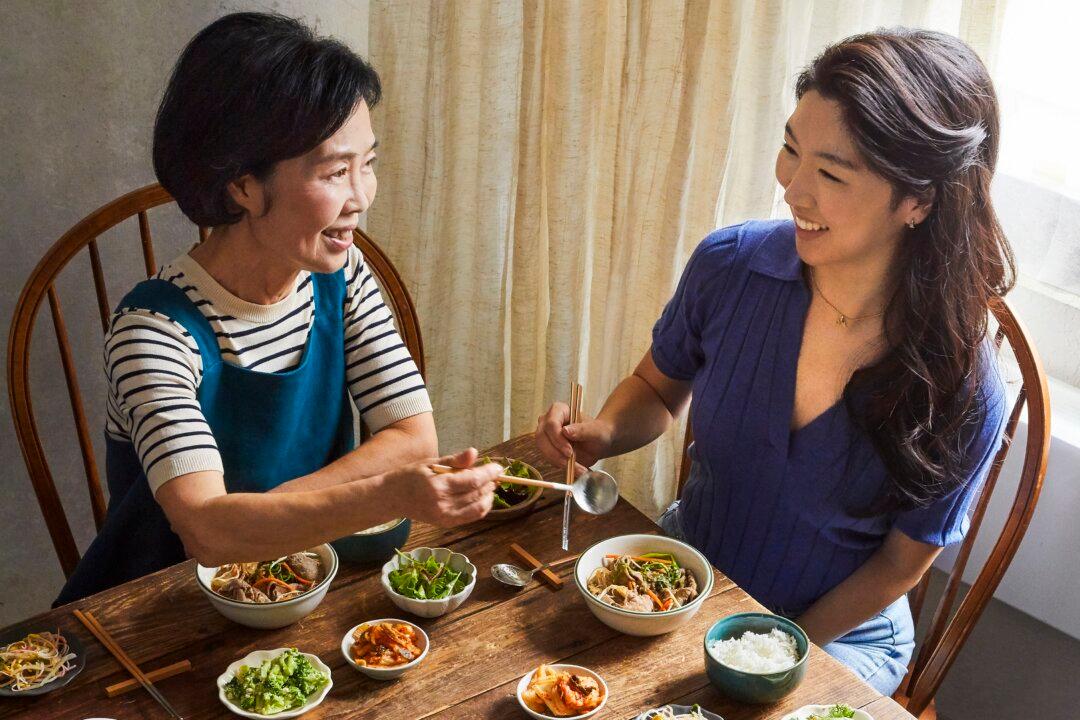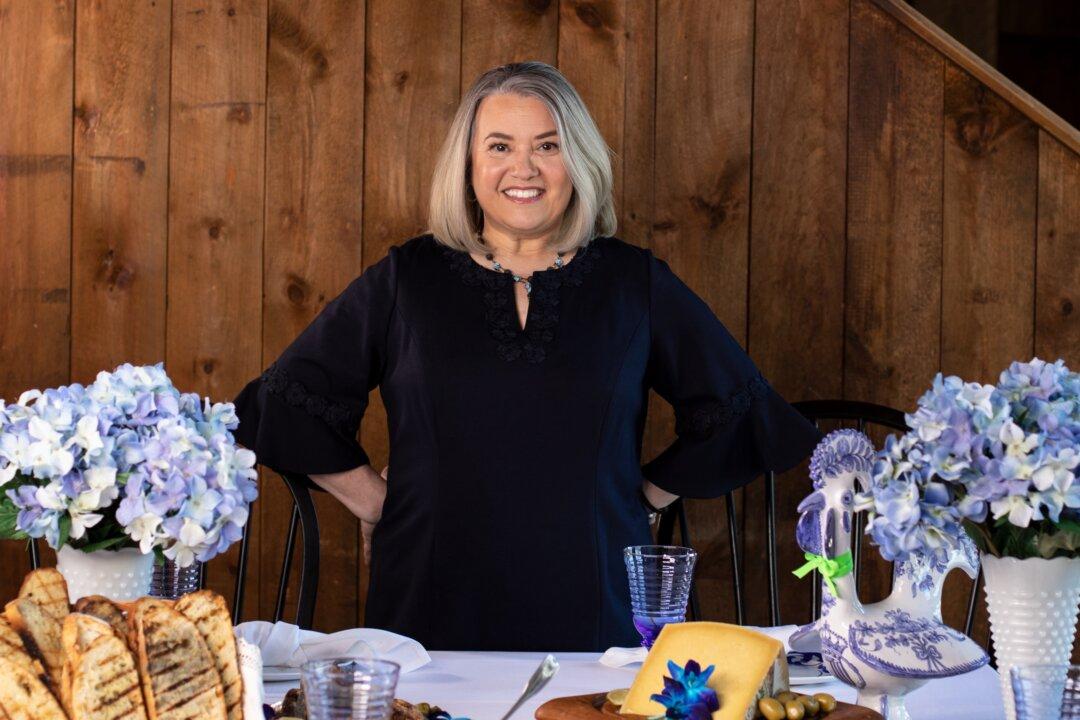Recent days and weeks have brought disruption to the normal rhythm of our daily lives.
The infrastructure of our society, which thrives on social outings and gatherings, especially around food, has been turned on its head by the CCP virus, commonly known as novel coronavirus.





